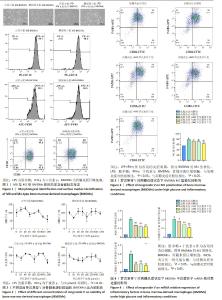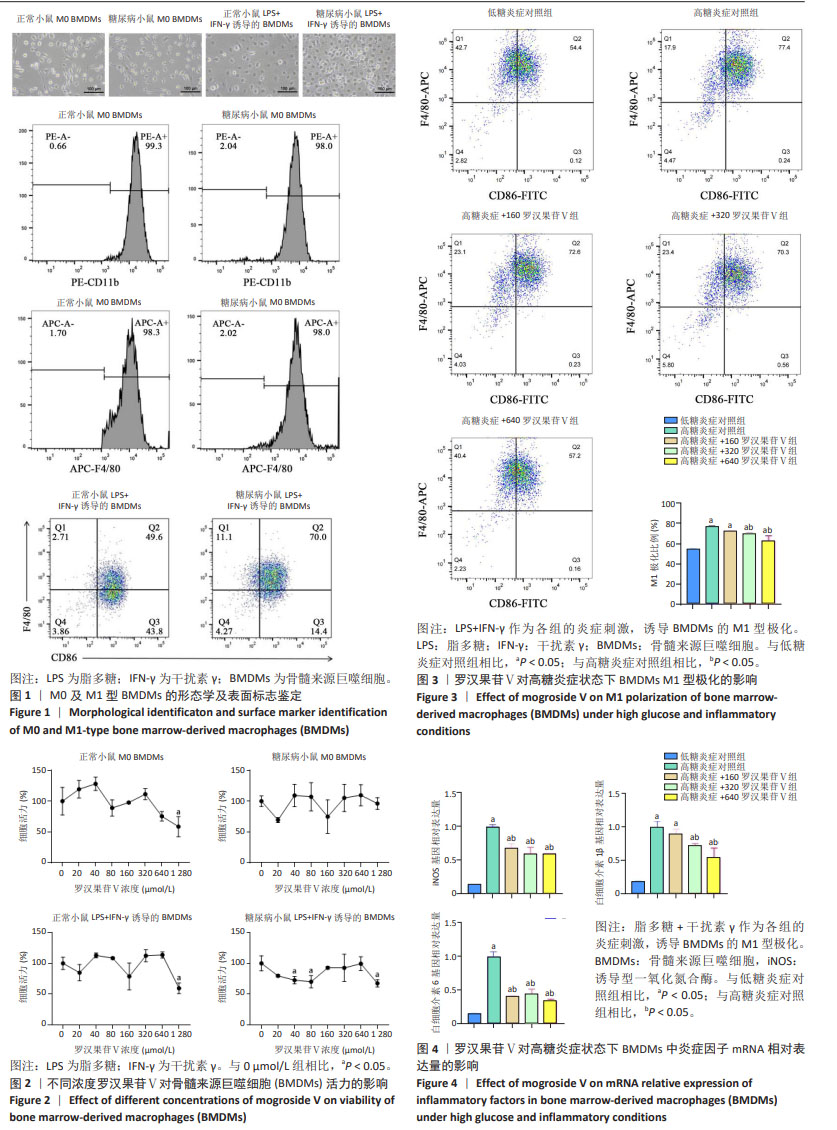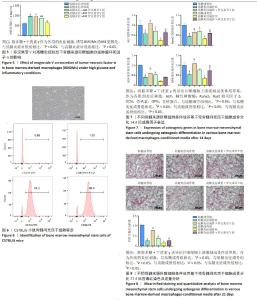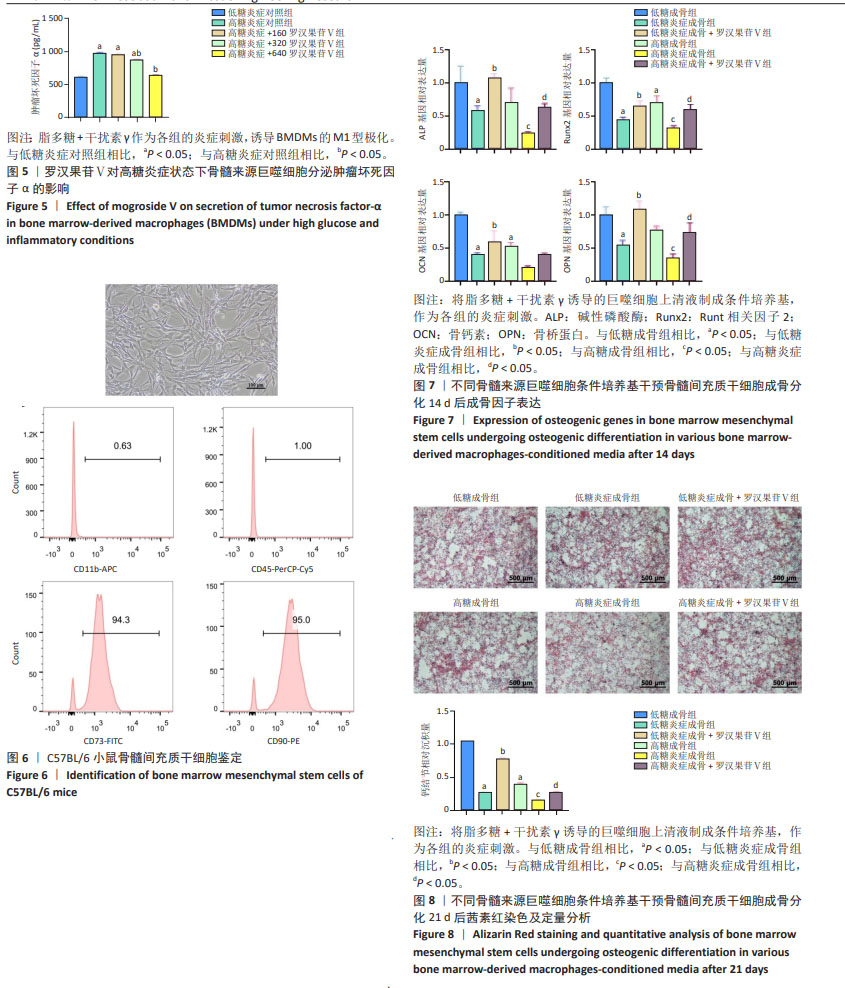[1] LALLA E, PAPAPANOU PN. Diabetes mellitus and periodontitis: a tale of two common interrelated diseases. Nat Rev Endocrinol. 2011;7(12): 738-748.
[2] DE OLIVEIRA PGFP, BONFANTE EA, BERGAMO ETP, et al. Obesity/Metabolic Syndrome and Diabetes Mellitus on Peri-implantitis. Trends Endocrinol Metab. 2020;31(8):596-610.
[3] KO KI, SCULEAN A, GRAVES DT. Diabetic wound healing in soft and hard oral tissues. Transl Res. 2021;236:72-86.
[4] SHAPOURI-MOGHADDAM A, MOHAMMADIAN S, VAZINI H, et al. Macrophage plasticity, polarization, and function in health and disease. J Cell Physiol. 2018;233(9):6425-6440.
[5] NAGUIB G, AL-MASHAT H, DESTA T, et al. Diabetes prolongs the inflammatory response to a bacterial stimulus through cytokine dysregulation. J Invest Dermatol. 2004;123(1):87-92.
[6] LOUISELLE AE, NIEMIEC SM, ZGHEIB C, et al. Macrophage polarization and diabetic wound healing. Transl Res. 2021;236:109-116.
[7] LOI F, CÓRDOVA LA, ZHANG R, et al. The effects of immunomodulation by macrophage subsets on osteogenesis in vitro. Stem Cell Res Ther. 2016;7:15.
[8] SHIVANI, THAKUR BK, MALLIKARJUN CP, et al. Introduction, adaptation and characterization of monk fruit (Siraitia grosvenorii): a non-caloric new natural sweetener. Sci Rep. 2021;11(1):6205.
[9] ZHOU Y, ZHENG Y, EBERSOLE J, et al. Insulin secretion stimulating effects of mogroside V and fruit extract of luo han kuo (Siraitia grosvenori Swingle) fruit extract. Yao Xue Xue Bao. 2009;44(11):1252-1257.
[10] MO Q, FU H, ZHAO D, et al. Protective Effects of Mogroside V on Oxidative Stress Induced by H2O2 in Skin Fibroblasts. Drug Des Devel Ther. 2021;15:4901-4909.
[11] DI R, HUANG MT, HO CT. Anti-inflammatory activities of mogrosides from Momordica grosvenori in murine macrophages and a murine ear edema model. J Agric Food Chem. 2011;59(13):7474-7481.
[12] LI Y, ZOU L, LI T, et al. Mogroside V inhibits LPS-induced COX-2 expression/ROS production and overexpression of HO-1 by blocking phosphorylation of AKT1 in RAW264.7 cells. Acta Biochim Biophys Sin (Shanghai). 2019;51(4):365-374.
[13] 罗诒财,钟晓霞,李昊.罗汉果苷V通过Wnt/β-catenin信号通路对糖尿病状态成骨细胞增殖与分化的影响[J].中国医院药学杂志, 2022,42(8):781-785.
[14] YANG F, QIN Y, LV J, et al. Silencing long non-coding RNA Kcnq1ot1 alleviates pyroptosis and fibrosis in diabetic cardiomyopathy. Cell Death Dis. 2018;9(10):1000.
[15] ZHANG X, GONCALVES R, MOSSER DM. The isolation and characterization of murine macrophages. Curr Protoc Immunol. 2008; Chapter 14:14.1.1-14.1.14.
[16] SOLEIMANI M, NADRI S. A protocol for isolation and culture of mesenchymal stem cells from mouse bone marrow. Nat Protoc. 2009; 4(1):102-106.
[17] ABUNA RPF, ALMEIDA LO, SOUZA ATP, et al. Osteoporosis and osteoblasts cocultured with adipocytes inhibit osteoblast differentiation by downregulating histone acetylation. J Cell Physiol. 2021;236(5): 3906-3917.
[18] WU K, YUAN Y, YU H, et al. The gut microbial metabolite trimethylamine N-oxide aggravates GVHD by inducing M1 macrophage polarization in mice. Blood. 2020;136(4):501-515.
[19] KIM YJ, LEE S, JIN J, et al. Cassiaside C Inhibits M1 Polarization of Macrophages by Downregulating Glycolysis. Int J Mol Sci. 2022; 23(3):1696.
[20] PAVLOU S, LINDSAY J, INGRAM R, et al. Sustained high glucose exposure sensitizes macrophage responses to cytokine stimuli but reduces their phagocytic activity. BMC Immunol. 2018;19(1):24.
[21] MOREY M, O’GAORA P, PANDIT A, et al. Hyperglycemia acts in synergy with hypoxia to maintain the pro-inflammatory phenotype of macrophages. PLoS One. 2019;14(8):e0220577.
[22] ZHOU Y, HU Z, YE F, et al. Mogroside V exerts anti-inflammatory effect via MAPK-NF-κB/AP-1 and AMPK-PI3K/Akt/mTOR pathways in ulcerative colitis. J Funct Foods. 2021; 87: 104807.
[23] LIU Y, ZHANG B, LIU J, et al. Mogroside V Alleviates Lipopolysaccharide-Induced Neuroinflammation via Inhibition of TLR4-MyD88 and Activation of AKT/AMPK-Nrf2 Signaling Pathway. Evid Based Complement Alternat Med. 2021;2021:5521519.
[24] HUANG L, LIANG A, LI T, et al. Mogroside V Improves Follicular Development and Ovulation in Young-Adult PCOS Rats Induced by Letrozole and High-Fat Diet Through Promoting Glycolysis. Front Endocrinol (Lausanne). 2022;13:838204.
[25] 常俊杰,解强,刘亦冰,等.高糖对骨髓间充质干细胞作用机制的研究进展[J].中国骨质疏松杂志,2022,28(10):1551-1555.
[26] CHEN C, ULUDAĞ H, WANG Z, et al. Macrophages inhibit migration, metabolic activity and osteogenic differentiation of human mesenchymal stem cells in vitro. Cells Tissues Organs. 2012;195(6): 473-483.
[27] VAN LOO G, BERTRAND MJM. Death by TNF: a road to inflammation. Nat Rev Immunol. 2023;23(5):289-303.
[28] 黄佳惠.TNF-α作用下原花青素对人牙周膜成纤维细胞成骨分化的作用及潜在机制的研究[D].济南:山东大学,2020.
[29] YE X, HUANG H, ZHAO N, et al. Inhibition of Runx2 signaling by TNF-α in ST2 murine bone marrow stromal cells undergoing osteogenic differentiation. In Vitro Cell Dev Biol Anim. 2016;52(10):1026-1033.
[30] MALYSHEVA K, DE ROOIJ K, LOWIK CW, et al. Interleukin 6/Wnt interactions in rheumatoid arthritis: interleukin 6 inhibits Wnt signaling in synovial fibroblasts and osteoblasts. Croat Med J. 2016; 57(2):89-98. |



